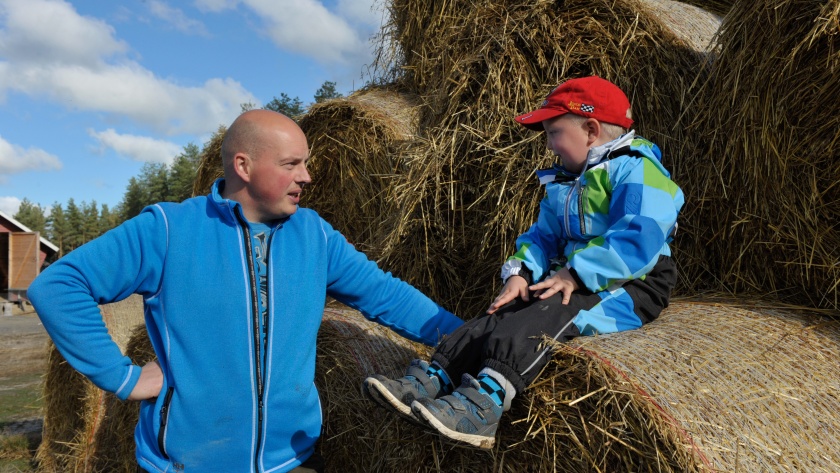TÄLTÄ SIVULTA LÖYDÄT:
In Finland, fur animal breeding is based on systematic education and research of animal behaviour and welfare, as well as environmental issues related to fur farming. These efforts are in place to make sure that the farming methods deployed guarantee the best possible care for the animals.
Fur animals are housed in shelter buildings or halls, where each animal has a specific place marked with a kit card. Shelter buildings are suitable for all fur animals, but halls are only used in mink farming. Animals are kept in their natural climate, and they can cope in the farm conditions well all year round.
Animals are mainly fed with fresh fur animal feed manufactured in feed kitchens, but some farmers make feed themselves. The feed centres are covered by systematic monitoring and they have their own quality management system.
Fur production promotes the environment’s nutrient balance, as nutrients are efficiently recycled at fur farms. Annually, 50–100 tons of phosphorus is discharged into the environment from fur farms. On the other hand, 150 tons of phosphorus is removed from the sea every year with Baltic herring used in fur animal feed. This means that the overall impact is a reduction in the phosphorus levels and eutrophication of the sea.
Fur production is a significant employment provider in rural areas. Direct employment impact of the fur industry adds up to approximately 1580 (2023) person-years. The estimate addresses the direct employment impact of the fur industry from the viewpoint of fur farms, feed factories and Saga Furs.
Fur farmers operate independently without any state subsidies. It is important for producers to anticipate changes in markets and know precisely whether their production levels correspond to demand.
Benefits for the municipalities
In 2022, taxes and contributions from the fur industry to state and municipalities amounted to 47 million euros.


